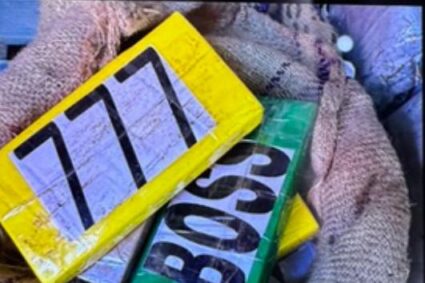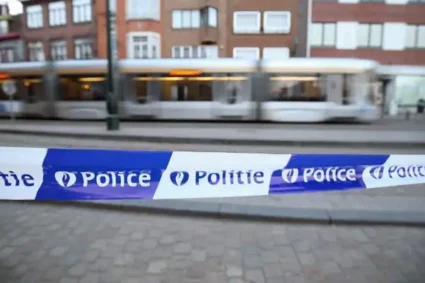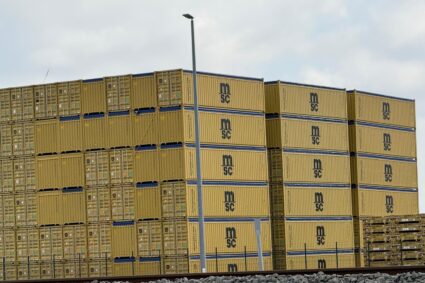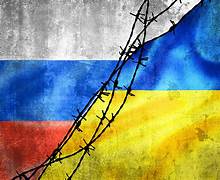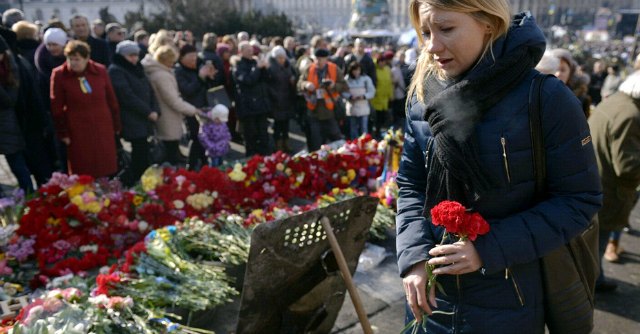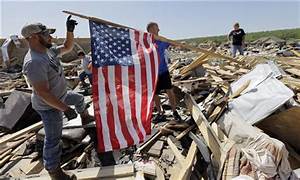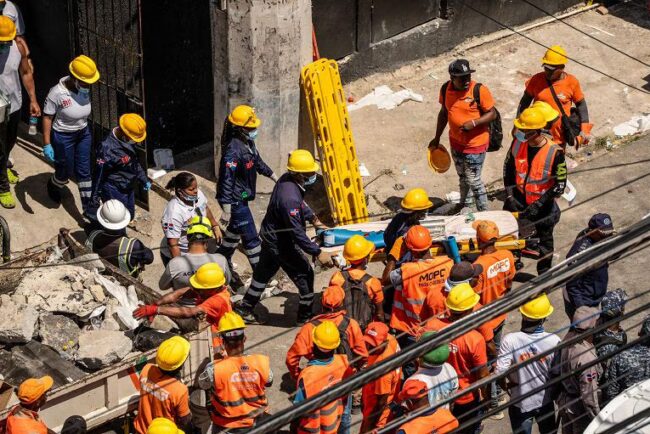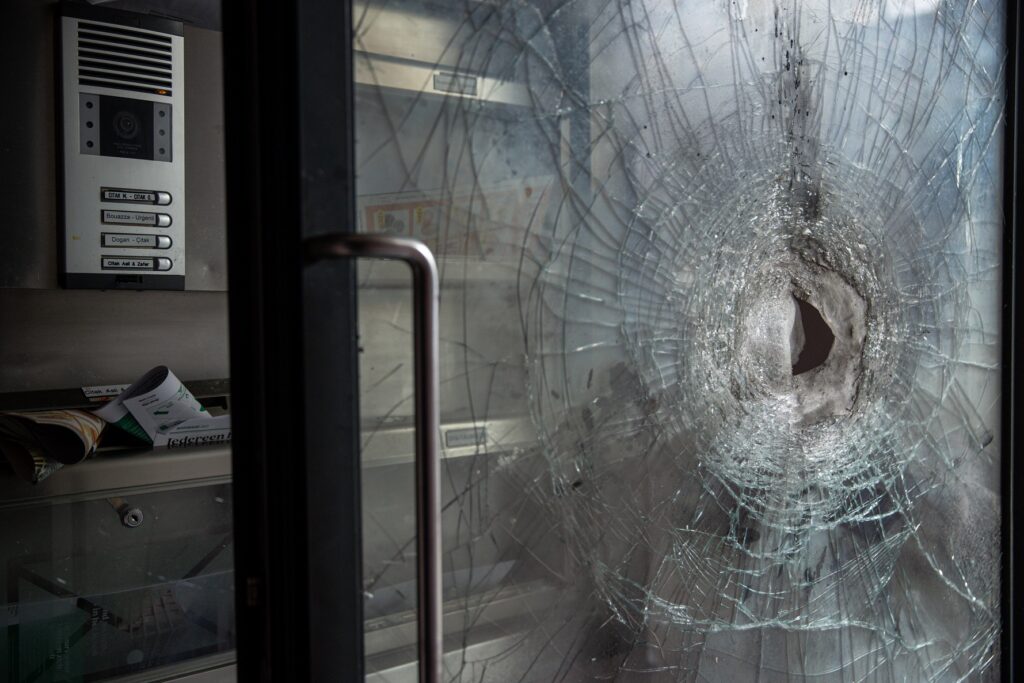
“You might be looking at the wrong group of guys,” he said about ISIS, which had drawn thousands of fighters from Europe’s immigrant communities. “Look at the cocaine cartels in the ports.”
It seemed a bit much considering attacks across France and Belgium had already killed hundreds, so I suggested the link between newly recruited jihadists and petty crime, which had been a repeated theme in the mostly young men who’d left for Syria and Iraq to fight. But the cop was dismissive.
Cocaine gateway
Six years on, Antwerp is the gateway of choice for cocaine into Europe. In 2023, Belgian customs seized a total of 116 tonnes of the Latin American drug in the port, setting a new record. Add Zeebrugge and the figure is 121 tonnes, with a street value of more than €9 billion. Belgium accounts for around 40% of all cocaine detected in Europe, but seizures likely represent only 10-20% of the total amount of the drug in circulation.
Indeed, Antwerp authorities have seized so much cocaine that they are struggling to dispose of it: incinerators can only process 1,000 to 1,500kg per session before the cocaine damages the filters.

